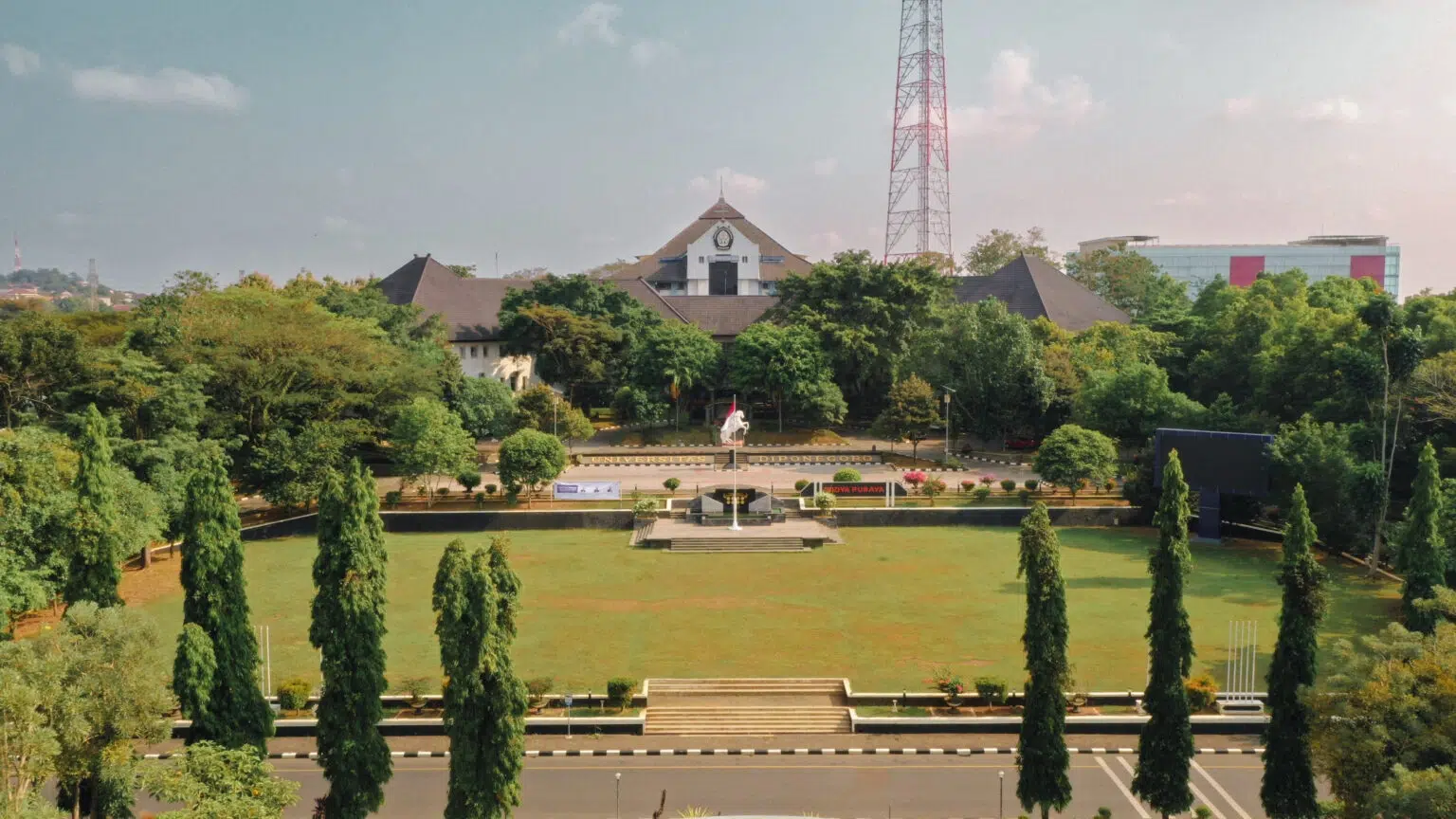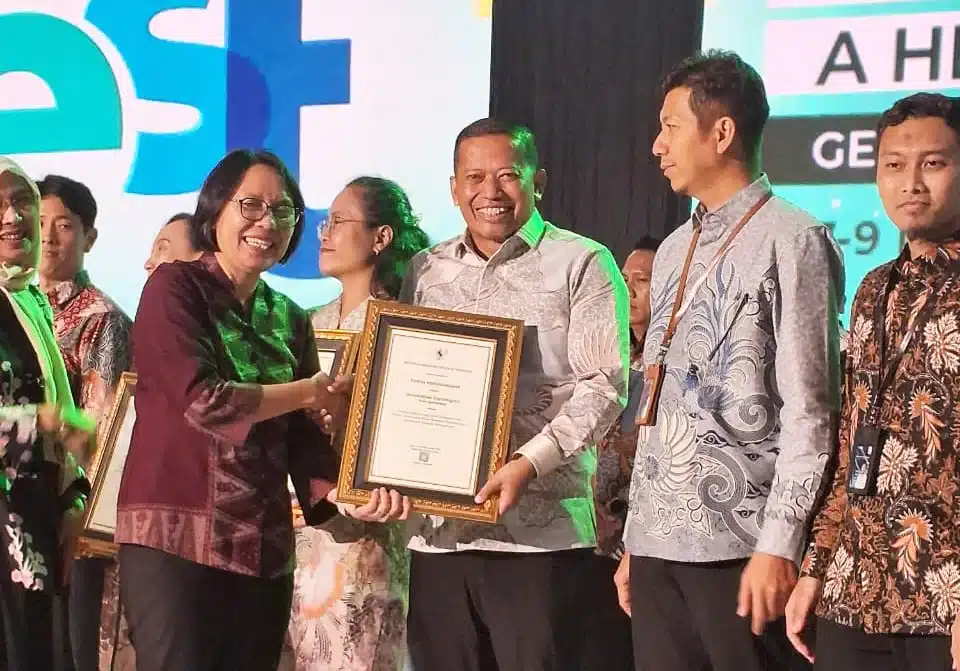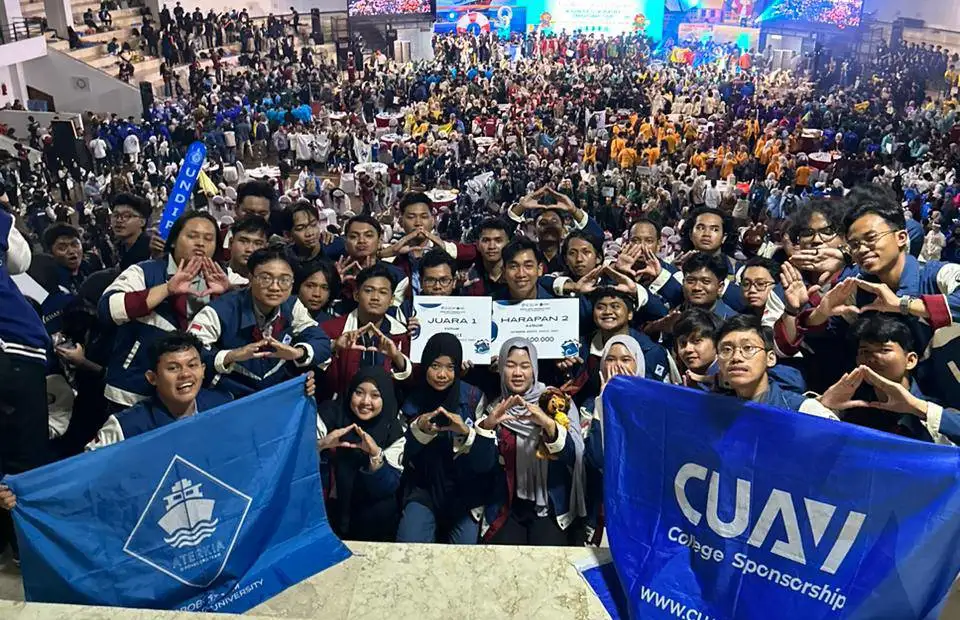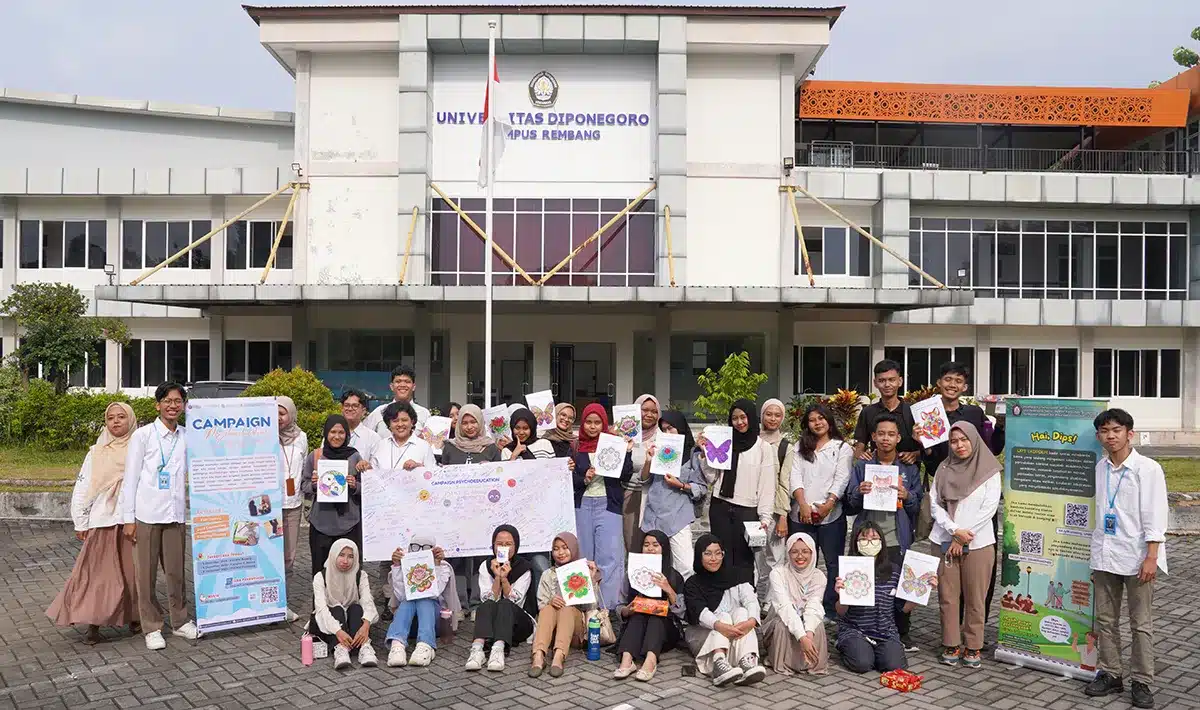SEMARANG – Diponegoro University (UNDIP) Environmental Expert, Prof. Dr. Ir. Syafrudin CES MT, reminded the importance of using a science and technology approach to maintain the availability of freshwater as a strategy to maintain the availability of clean water on earth. The science and technology approach are really necessary to implement because the use of freshwater has become excessive.
In a presentation entitled Supports and Capacity as Controllers of Environmental Management at the Studium General Forum of the Department of Environmental Engineering, Faculty of Engineering, Undip which was held virtually, Monday (28/9/2020), Prof. Syafrudin revealed that the availability of freshwater on earth is only 2.5%. Of that amount, no more than 1% can be utilized at low cost. The rest of the utilization requires high costs.
According to Prof. Syafrudin who is also Vice Director of Undip Research and Industry Cooperation, freshwater that can be utilized at low cost is water in lakes, rivers, reservoirs and shallow groundwater sources. “A concerted effort is needed to maintain its existence for the continuation of the present and future civilizations. For that we need good management of water resources based on science and technology,” he said.
Utilization of science and technology cannot be avoided if we want the availability of clean water that meets sustainable quality standards. Science and technology must be the basis for management, starting from water resources management from planning, implementing, monitoring, evaluating the implementation of water resources conservation, utilizing water resources, to controlling the destructive force of water.
Current conditions have arisen an issue in the context of clean water, considering that the supporting and carrying capacity of the environment are decreasing, while the use of water for human daily needs is becoming excessive. The decrease in environmental carrying capacity can be seen from water pollution from upstream to downstream, even though its conditions supposed to be clear and fit for consumption.
The amount of increasing population, the amount of massive land exploitation without paying attention to the capacity for settlements, all are used for public activities, resulting in critical watersheds. As a result, water can no longer enters the soil structure, during the dry season there is drought, while during the rainy season there is flood. Another consequence is environmental pollution and garbage accumulation.
The release of Law No. 17 of 2019 concerning Water Resources (SDA) emphasizes that the use of water resources is carried out in a sustainable manner for the greatest prosperity of the people, by implementing water resource conservation, utilization of water resources and controlling the destructive power of water in order to support the program in the event related to water security and food security. Previously, in Government Regulation (PP) No 42 of 2008 concerning Water Resources Management, it was stated that there were four efforts to manage water resources, namely Conservation, Utilization of Water Resources, Control of Damage and Information Systems of Natural Resources.
The role of rivers and lakes, which are not only sources of freshwater for the community, demands wise management. As is known, the use of rivers is also a means of transportation, water sources for irrigation and raw water, power plants, fisheries cultivation, food and drink sources for biotic elements, places for recreation and sports, as well as places for daily living and the continuity of the ecosystem which requires integrated handling.
The Rawapening case is an example of a decrease in carrying capacity due to other components. The natural lake, which originally had 9 tributaries, has now decreased its water capacity due to excessive entry of residue, eutrophication (environmental problems caused by phosphate waste in freshwater ecosystems) and excessive weed growth. As a result, the wet cross-sectional area of Rawapening has decreased, causing new land to grow around it, even though its role is as a source of freshwater. If left unchecked, Rawapening’s function as a container for freshwater will eventually run out.
It is feared that apart from lakes, the function of rivers will also continue to be degraded. Therefore, it is recommended that the use of water around the watershed to be limited. In this context, science and technology is needed to help dealing with problems related to the availability and sustainability of fresh water for mankind.
To deal with existing rivers, the two simultaneous approaches are needed, namely non-structural and structural approaches to solve this river issue. In a non-structural approach, science and technology can be used to help determine the support and carrying capacity, water quality standards, river commensurate lines, river use, the increase community participation and others.
Meanwhile, in a structural approach, it includes river channel improvement, cliff strengthening, sediment collection, river bank erosion control, construction of communal domestic wastewater treatment plants, waste installation, water level meter installation and other science and technology roles of which are inevitable.









